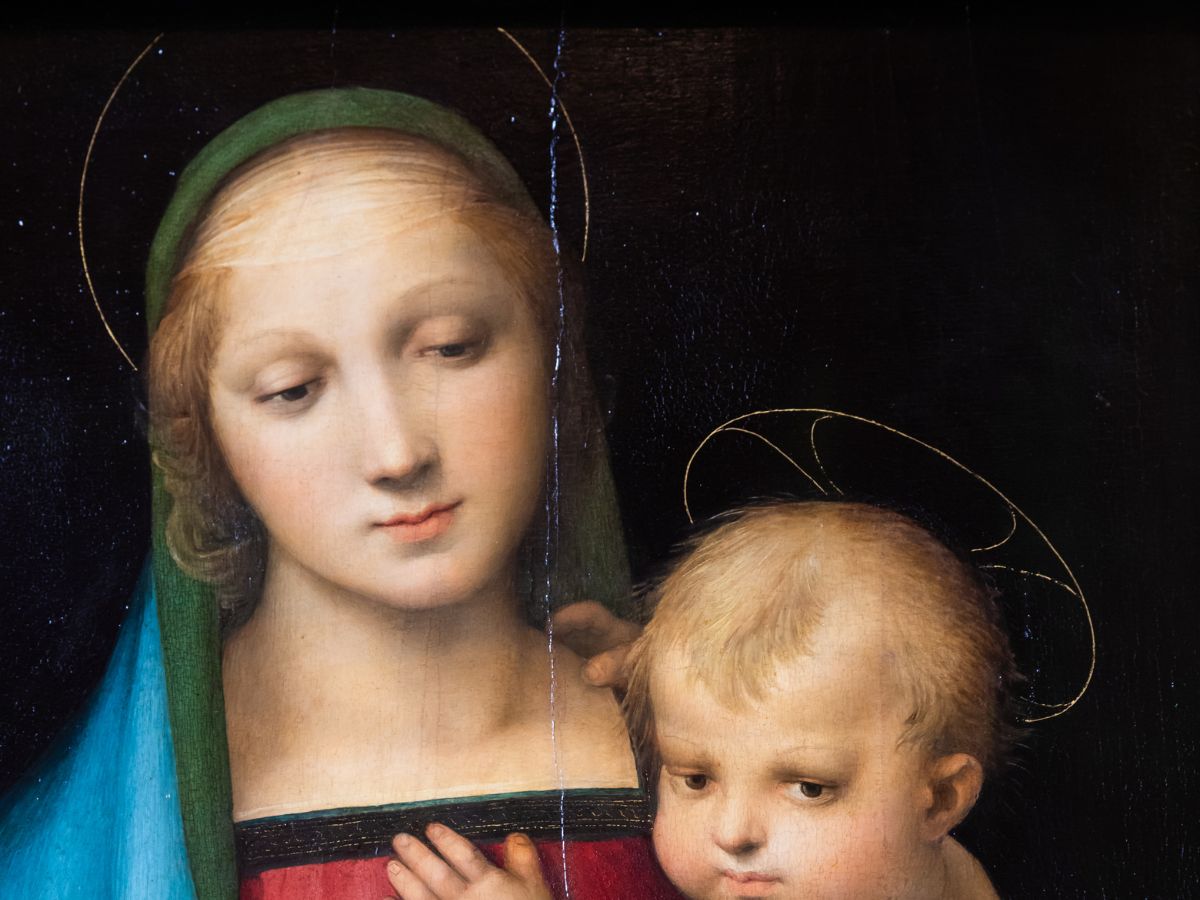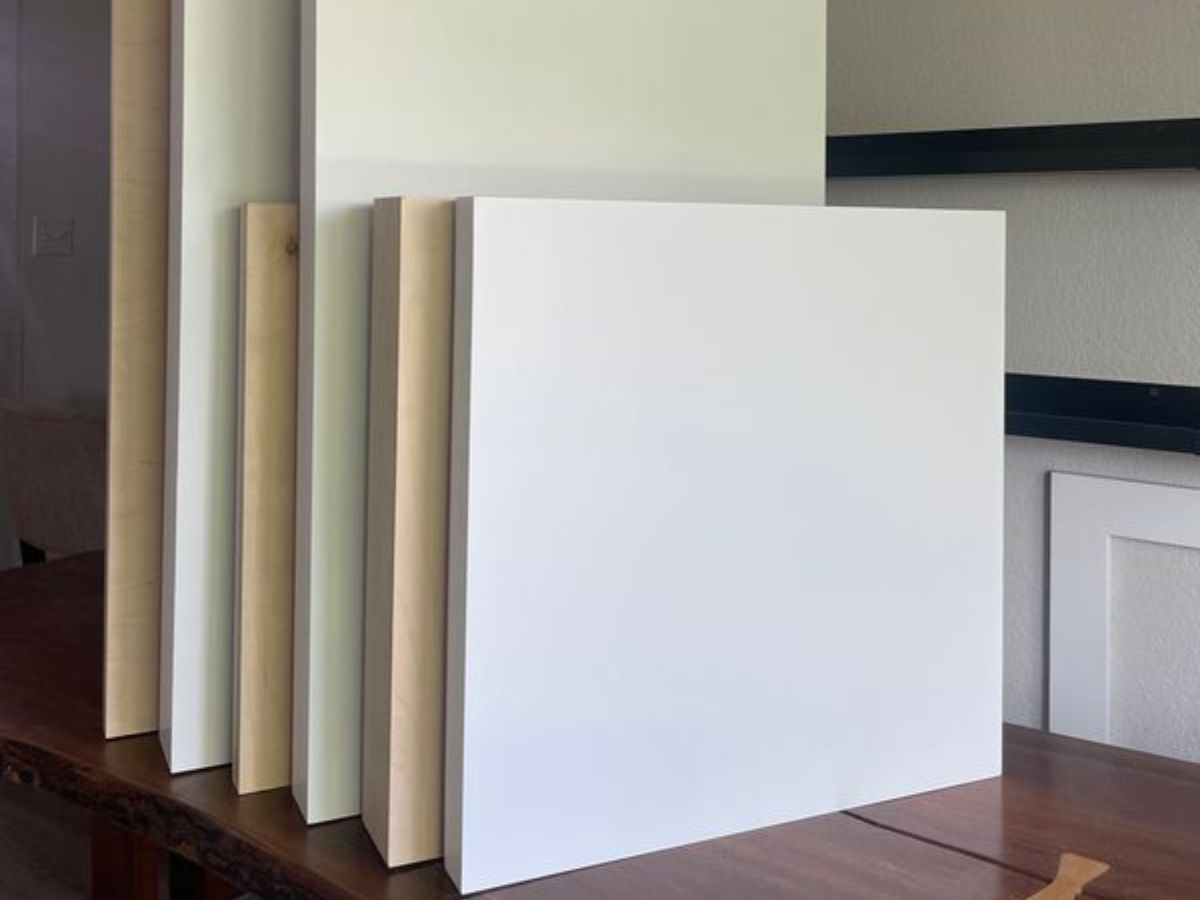
The Historical Use of Wood Panels in Art
For centuries, artist wood panels were the norm. Before canvas became widespread in the 16th century, artists built entire careers on wood supports. Let’s explore the history and why panels remain relevant today.
Why Artists Chose Wood Panels Historically
Wooden supports date back at least to 2nd-century Egypt, including the famous Fayum funerary portraits painted in encaustic on cedar panels, many of which survive remarkably well thanks to dry burial conditions.
Through medieval Europe and into the Renaissance, wooden panels were the standard painting surface when canvases weren’t yet widely used. In Italy, poplar (and sometimes willow or linden) was a favorite; in northern Europe, oak dominated due to its strength and resistance to damp climates.
Major Northern Renaissance masters like Jan van Eyck painted on oak—his wood supports, often coated in animal glue and gesso, still retain vivid color and stability today.
Traditional Panel Preparation
According to the University of Delaware, Artists followed meticulous techniques passed down through guilds. Panels were usually made from well-seasoned wood, often radial-cut to reduce warping, sometimes aged for years before use. Multiple planks might be glued together, reinforced with battens or braces to maintain flatness over time.
The surface preparation was even more rigorous. Coats of animal-glue sizing, linen layers, and up to 15 layers of gesso (often gypsum mixed with glue) were applied and sanded between coats. The result was a surface as smooth as ivory which was perfect for detailed work.

Benefits of Painting on Wood
- Rich color and texture control. Because wood is non-porous, paint sits on the surface. Colors stay vibrant, brushwork stays sharp, and you avoid absorption-related fading or dullness.
- Stability and support. Without the give of canvas, there’s less risk of paint cracking under pressure. Woods offers a hard, sturdy surface ideal for glazing or fine detail.
- Aesthetic tradition and presentation. Cradled or framed panels often present beautifully as-is, no need for stretched canvas or external framing. That’s classical in feel and practical in form.
Challenges and Decline in Use
Despite their benefits, artist wood panels came with issues. Humidity changes cause wood to expand or contract, leading to warping or cracking especially if panels weren’t properly sealed or primed on all sides. Historic cradling sometimes caused more issues than it prevented, forcing 18th‑20th century conservators to thin or replace panels to preserve paintings, such as in the Ghent Altarpiece restoration.
In the 16th century, canvas rose in popularity: lighter, more flexible, easier to transport and store, less expensive, and less prone to humidity-induced warping.
Continuity in Modern Practice
Though canvas is now dominant, panels remain relevant. Brands such as CanvasLot offer cradled panels and archival priming for longevity.
Understanding the history of wood panel painting provides artists with insight into centuries of material practice. It offers practical lessons on choosing surfaces suitable for longevity and detail.
